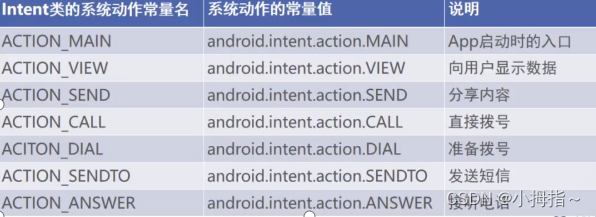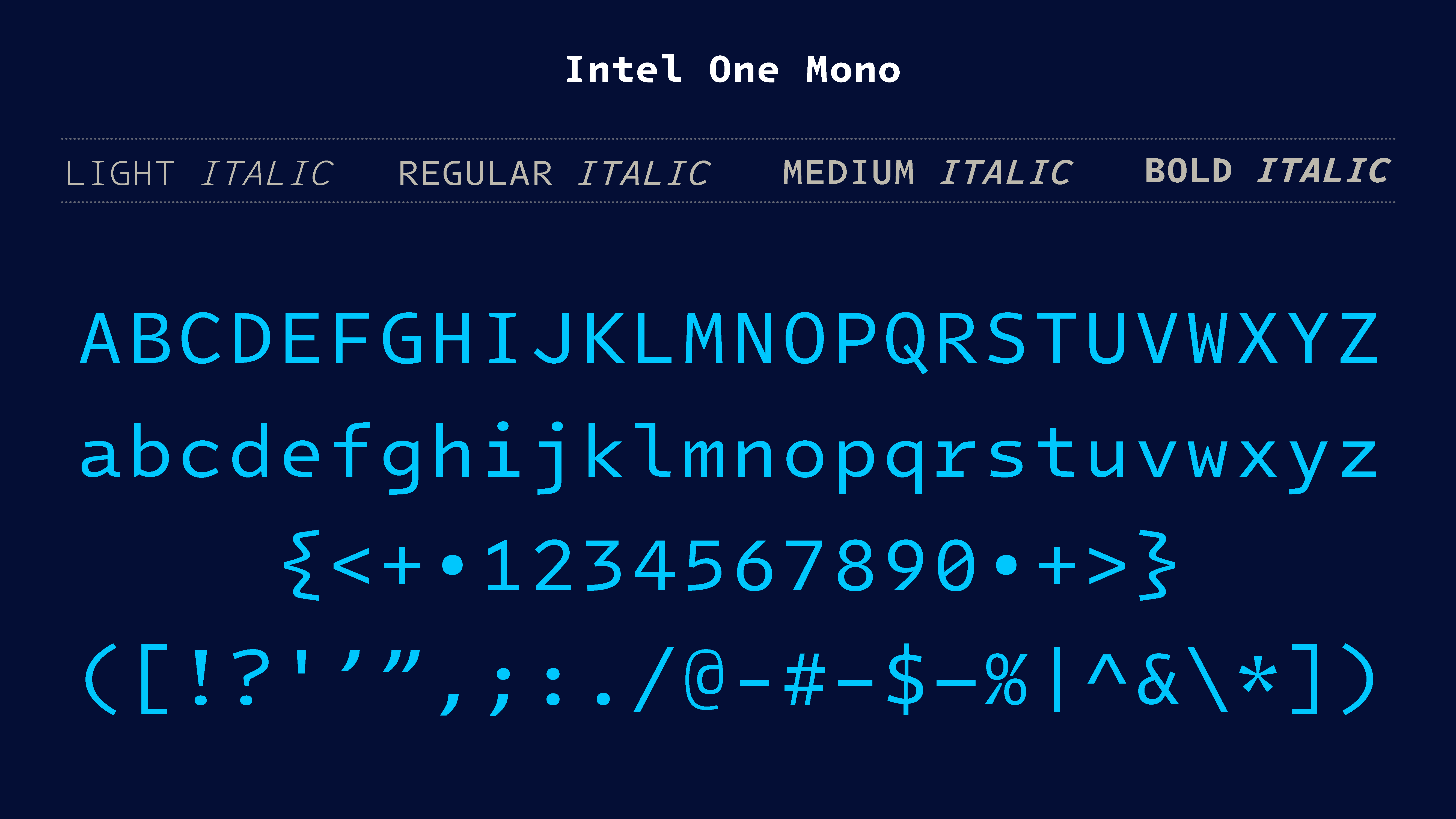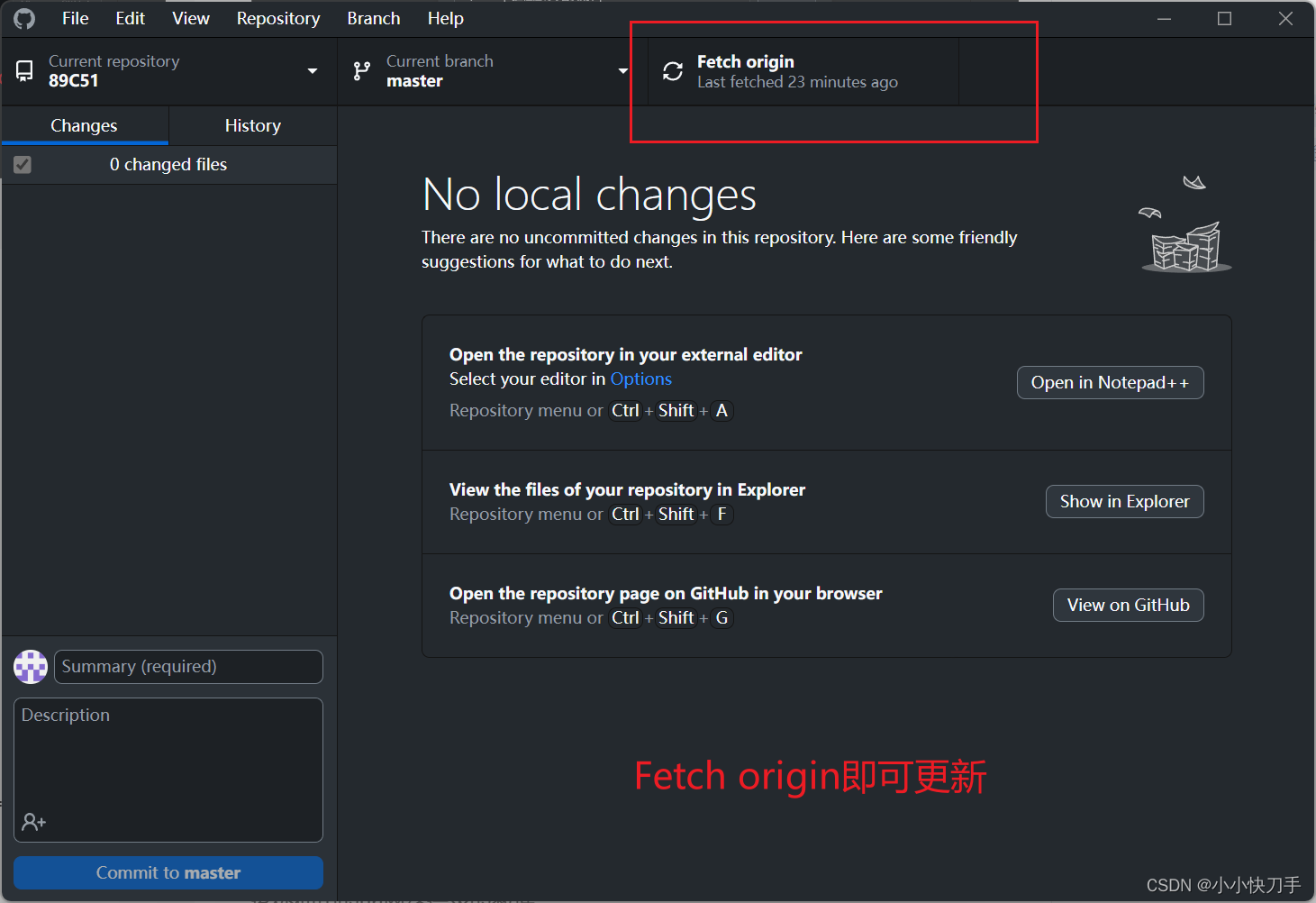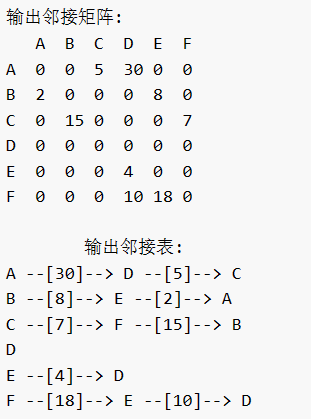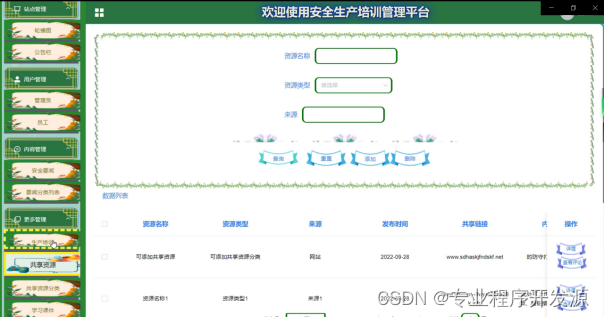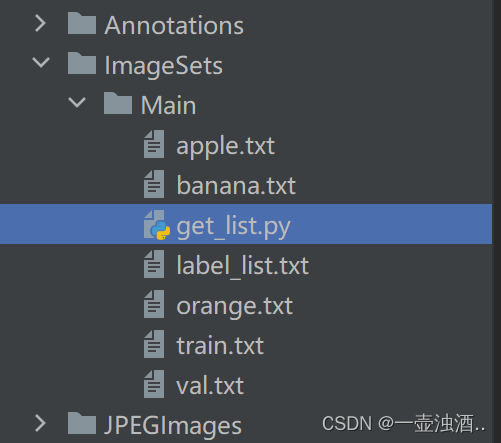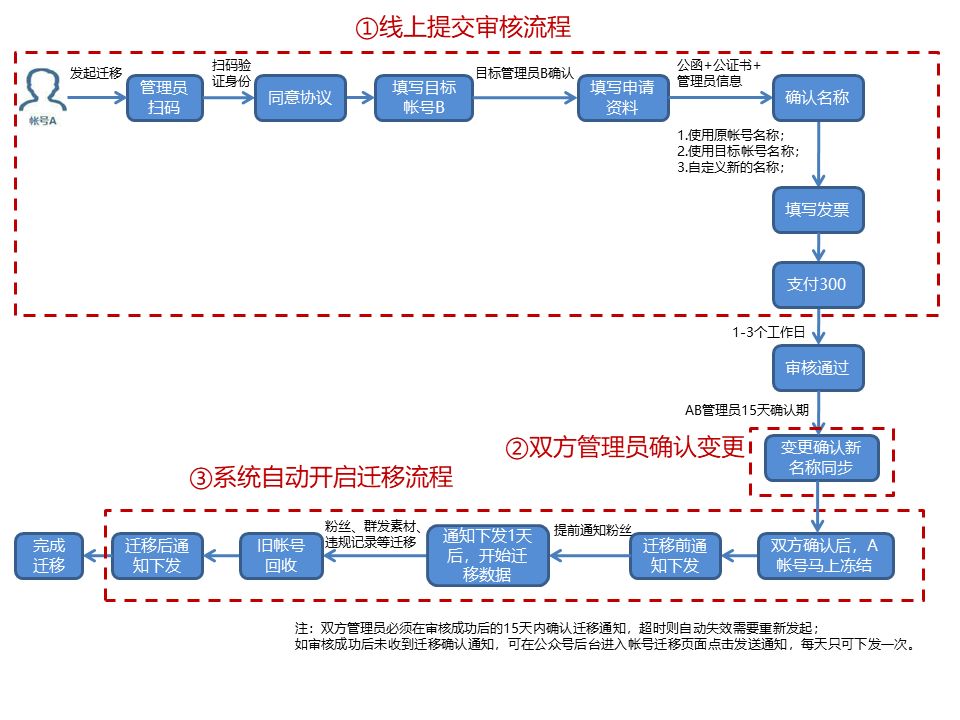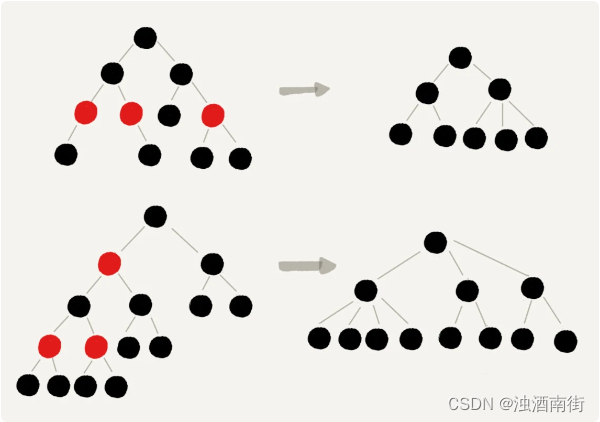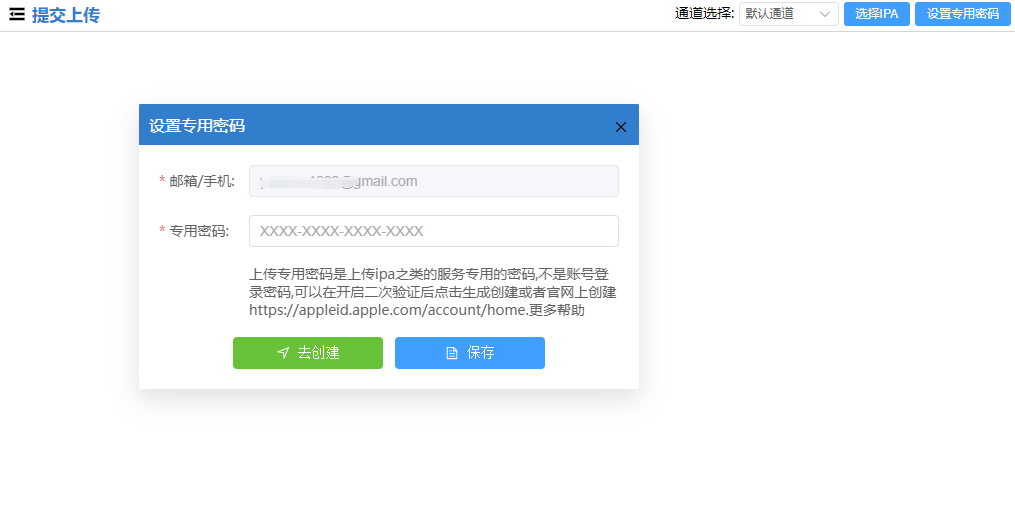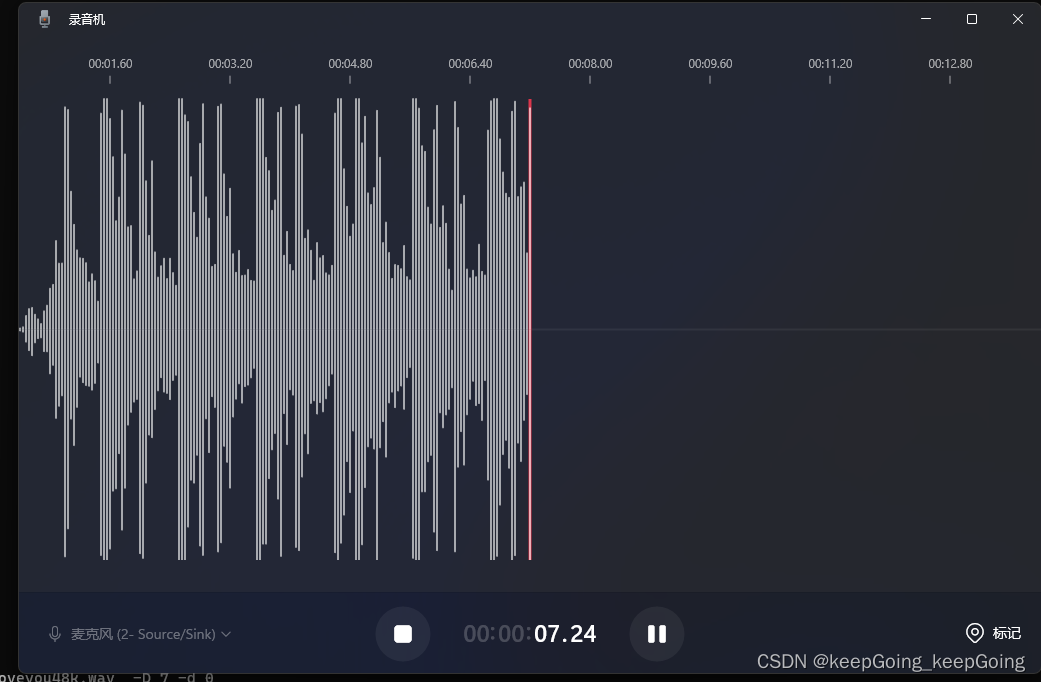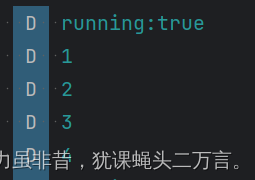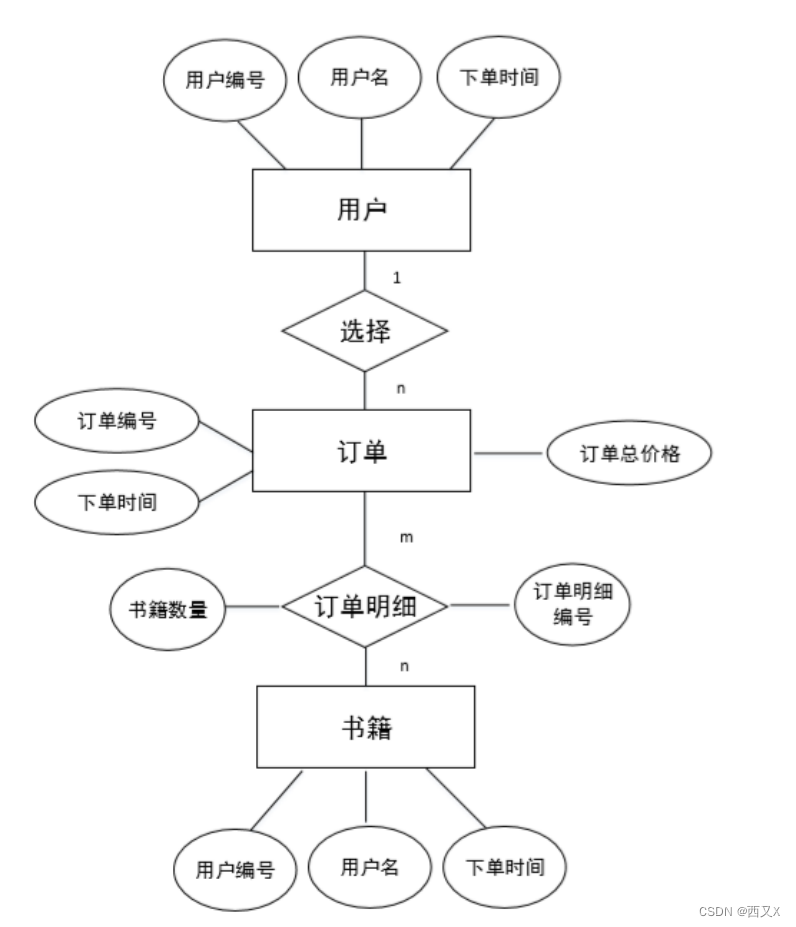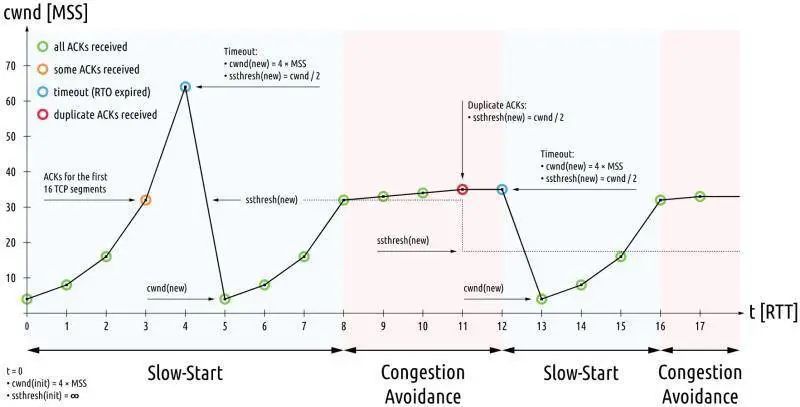Activity的生命周期
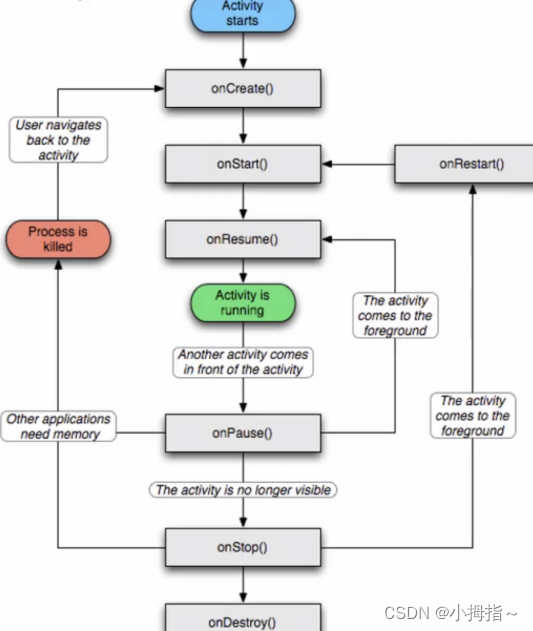
对应解释:
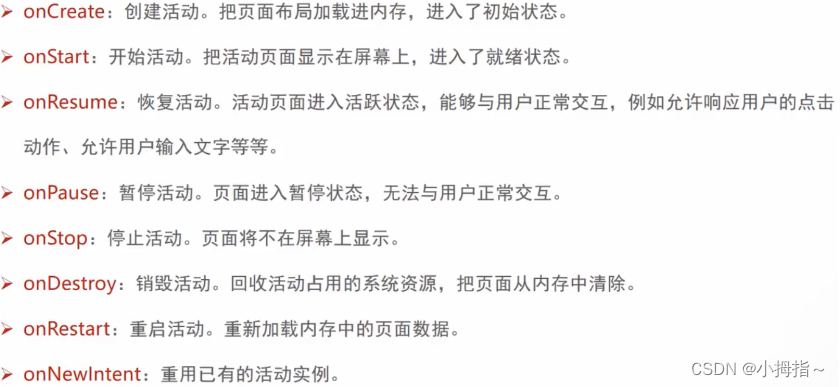
startActivity(new Intent(源页面.this,目标页面.class)) 结束当前活动页面finish();
Activity的启动模式
App先后打开两个活动,此时活动会放入栈内。
(Android:launchMode=”standard”)默认
(Android:launchMode=”singleTop”)栈顶复用(渠道多)
(Android:launchMode=”singleTask”)栈内复用(主界面)
(Android:launchMode=”singleInstance”)全局唯一模式。
动态设置模式
Intent.setFlags(Intent.FLAG_ACTIVITY_CLEAR_TOP)设置启动标识,几十存在待跳转活动实例,清除上方所有实例,重新创建实例,保证栈中只有该活动的唯一实例。
Intent.setFlags(Intent.FLAG_ACTIVITY_CLEAR_TASK)清空活动栈的所有实例。所以也要同时启动新任务栈 (Intent.FLAG_ACTIVITY_NEW_TASK)。场景例如登录页面。获取验证。
Intent各个组件之间数据传输
显示Intent:
①在Intent的构造函数中指定。
Intent intent= new Intent(FristActivity.this,second_layout.class);//创建指定目标明确的意图
②调用意图对象的setClass方法。
Intent intent =new Intent( ); //创建一个意图
Intent.setClass (this, ActNextActivity.class);//set设置意图跳转
③调用意图对象的setComponent方法。
Intent intent =new Intent( ); //创建一个意图
//创建包含目标活动在内的意图组件对象,(可传类名,包名)
ComponentName componet = new ComponentName(this,ActNextActivity.class);
Intent.setCompent(component); //设置意图携带组件信息
隐士Intent:(没指定要跳转的活动目标,只给出一个动作字符串,系统自动匹配)
可通过setAction方法指定,或者构造函数Intent(STring action)常见系统动作。
示例:
Intent intent= new Intent();
//设置动作意图为准备拨号
intent.setAction(Intent.ACTION_DIAL);
Uri uri= Uri.parse("tel"+phone);
intent.setData(uri);
startActivity(intent);
其他隐intent使用:
向Activity发送数据:
向下一个activity传输数据
Intent使用Bundle对象存放传递的数据信息。 Bundle对象读getExtras,写putExtras。
发 Bundle:是map数据结构
Intent intent = new Intent(this,Receiveactivity.class);
Bundle bundle= new Bundle();
bundle.putString("request_content",tv_send.getText().toString());
intent.putExtras(bundle);
startActivity(intent);
收
setContentView(R.layout.activity_receiveactivity);
tv_receive= findViewById(R.id.tv_receive);
//从上面一个页面传来意图中获取快递包裹
Bundle bundle= getIntent().getExtras();
String request_content=bundle.getString("request_content");
String desc= String.format("收到请求内容: %s",request_content);
tv_receive.setText(desc);
向上一个activity返回数据
下一个页面打包应答数据调用setResult方法返回数据包,上一个页面重写onActivityResult解析返回数据。
为activity补充附加信息
①利用资源文件配置字符串
//从string.xml中获取名叫weather_str的值
String value= getString(R.string.weather_str);
tv_resource.setText(value);
②利用元数据传递配置信息
在AndroidManifest.xml中<meta-data android:name="weather" android:value="晴天"/>。
(适合在第三方SDk,时候整合别人的源数据时候在全局配置里使用)
方法:调用getPackageManager方法获得当前活动的信息对象
调用包管理器的getActivityInfo方法获得当前活动下信息对象
活动信息对象的metaData是Bundle包裹类型,调用包裹对象的getString获得参数 ActivityInfo info = pm.getActivityInfo(getComponentName(), PackageManager.GET_META_DATA);
Bundle bundle = info.metaData; //获取活动附加的元数据
String weather =bundle.getString("weather"); //从bundle中获取.weather属性
③给页面注册快捷方式(长按app触发功能)
<?xml version="1.0" encoding="utf-8"?>
<shortcuts xmlns:android="http://schemas.android.com/apk/res/android">
<shortcut
android:shortcutId="first"
android:enable="true"
android:icon="@mipmap/ic_launcher"
android:shortcutShortLabel="first"
android:shortcutLongLable="启停活动">
<intent
android:action="android.intent.action.VIEW"
android:targetClass="android.app.Activity"
android:targetPackage="com.example.test_application"
/>
<categories android:name="android.shortcut.conversation"/>
</shortcut>
</shortcuts>

